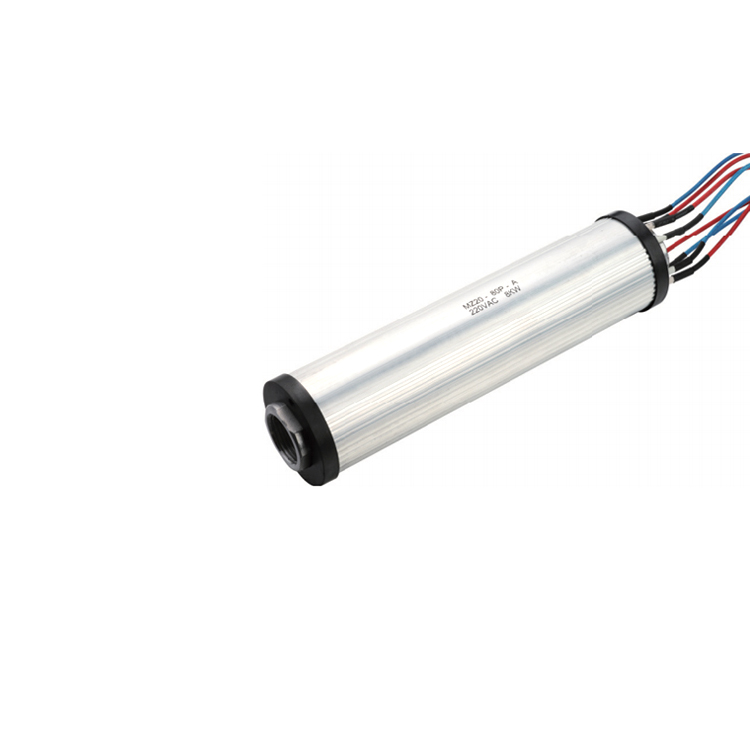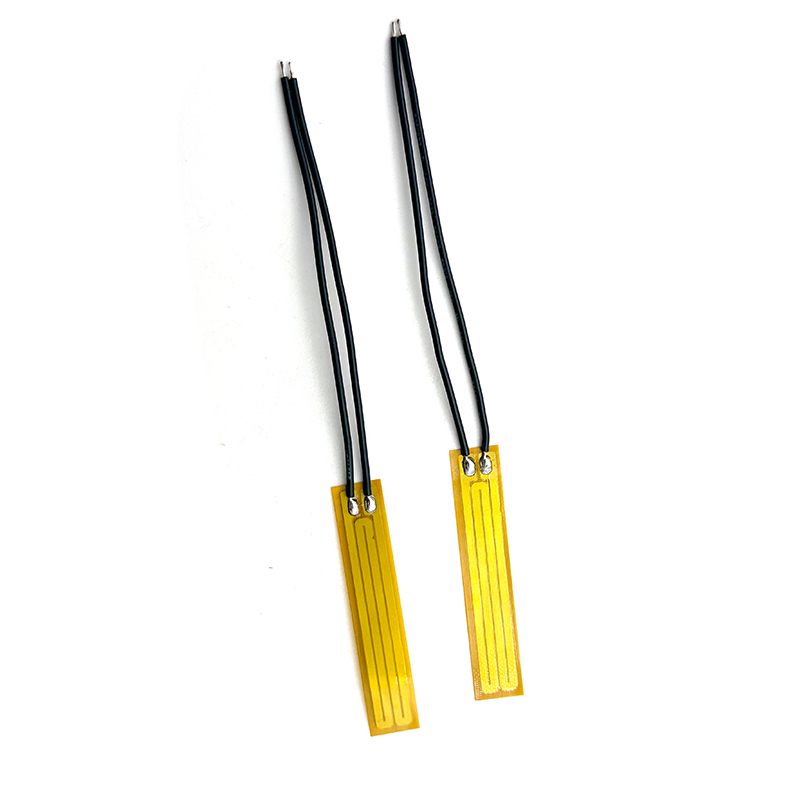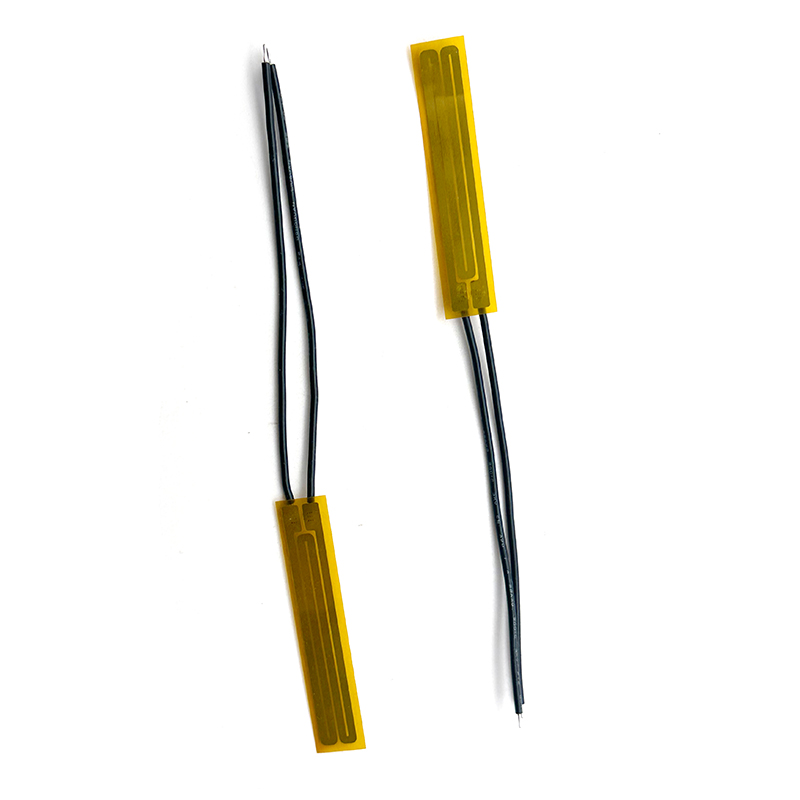Introduction to PTC Heating Elements
The technology behind PTC heating elements has evolved significantly in recent years, positioning them at the forefront of efficient heating solutions. As global trends shift towards sustainable energy consumption, these elements offer an ideal solution, combining both efficiency and safety. The unique properties of PTC heating elements, primarily their self-regulating capability, make them indispensable in modern electronics and thermal management systems.
PTC Heating Elements: A Safer Alternative
In light of recent news highlighting the importance of safe heating solutions amidst increasing home fires, PTC heating elements provide a reliable alternative. Unlike traditional resistive elements that can overheat, PTC elements automatically regulate their temperature, reducing the risk of fire. This technology offers peace of mind, especially in residential and commercial settings where safety concerns are paramount.
PTC Technology and Sustainable Innovation
As the global community rallies towards sustainable living, the potential applications of PTC heating elements expand into various sectors. Innovations in electric vehicles, where efficient temperature control is crucial, have integrated PTC technology to enhance performance and safety. Similarly, in the renewable energy sector, PTC elements are being utilized to optimize systems for climate resilience. These advancements underscore how PTC heating elements are not just a product, but a pivotal component in the drive for sustainable technology.
Conclusion: The Future of PTC Heating Elements
The surge in demand for safe and efficient heating solutions highlights the growing significance of PTC heating elements in the market. As more industries recognize their value, continued research and development promise to unlock further applications, ensuring these elements remain at the heart of innovative heating technologies. Keeping abreast with technological advancements, companies that invest in PTC technology stand to benefit from enhanced safety and energy efficiency in their products, aligning with broader global sustainability goals.









